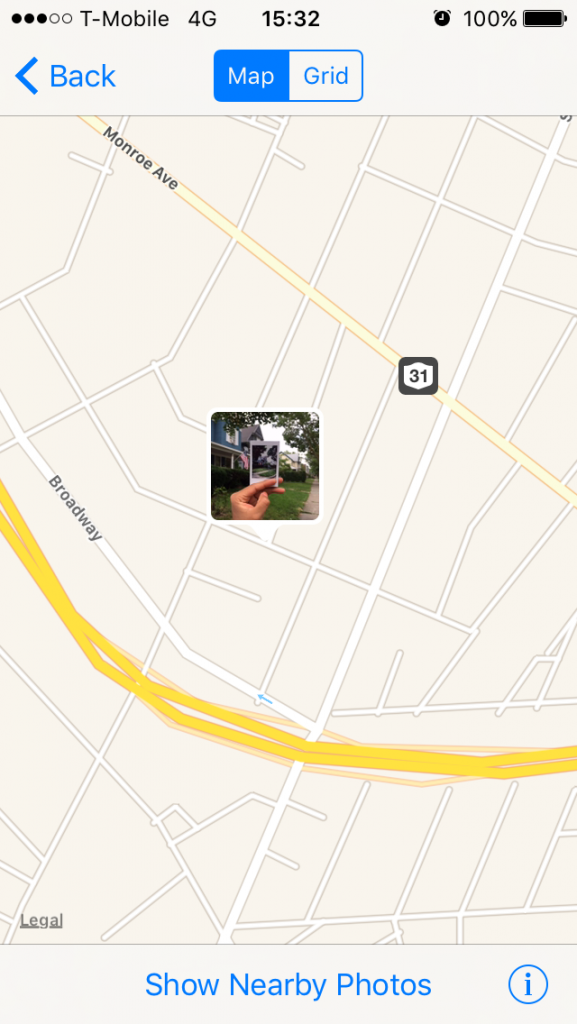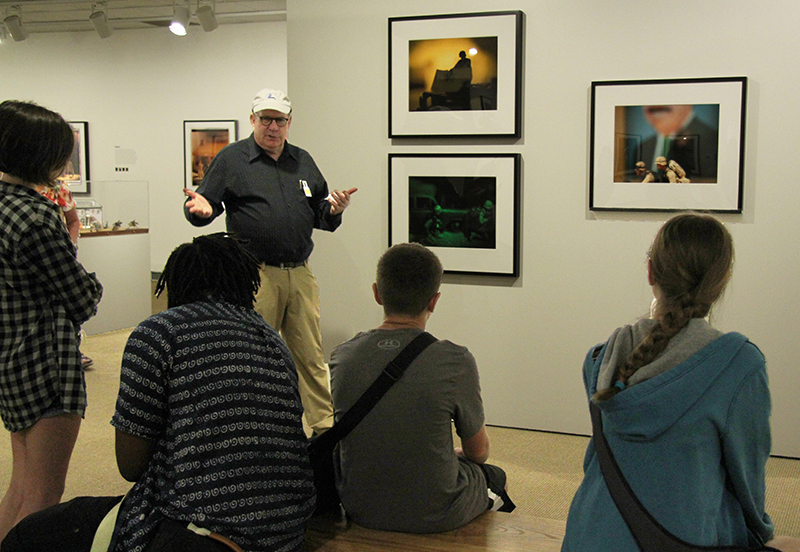
I had the opportunity to tag along with the Studio Photography for Teens class on their trip to the George Eastman Museum and document the experience. At the Museum we all met David Levinthal who gave us a tour of the exhibition of his work, David Levinthal: War, Myth, Desire. As he walked us though the exhibition Levinthal explained how he began taking photographs of toys and where the inspiration for many of his photos came from. He talked about his love for history and how it has influenced so much of his work over the years, and how pure experimentation and curiosity has affected his work as well.

Levinthal stated that problem solving is a very important part of this work. In fact, he said that was one of the main reasons he began to take photos of toys to begin with. He explained that early on he didn’t like to shoot in a studio and the toy dioramas allowed him to shoot almost anywhere and use simple lighting techniques as opposed to large studio lights.
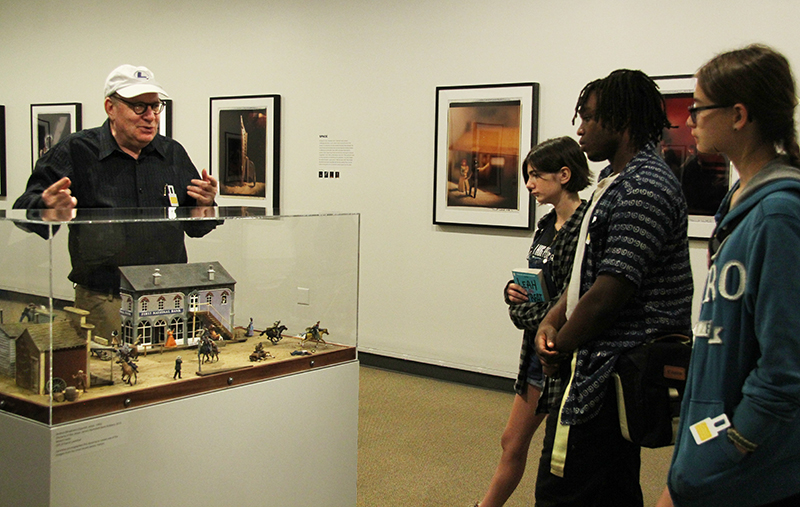
At one point in the exhibition we saw an example of a diorama he had used. We got to see first hand the scale of the sets he was working with as he explained where he got his materials from, and how he composed many of his dioramas. He also showed us the notes and small stick figure drawings that he makes when planing out a diorama. He stated that he often has an image in his head and used this method to create it.
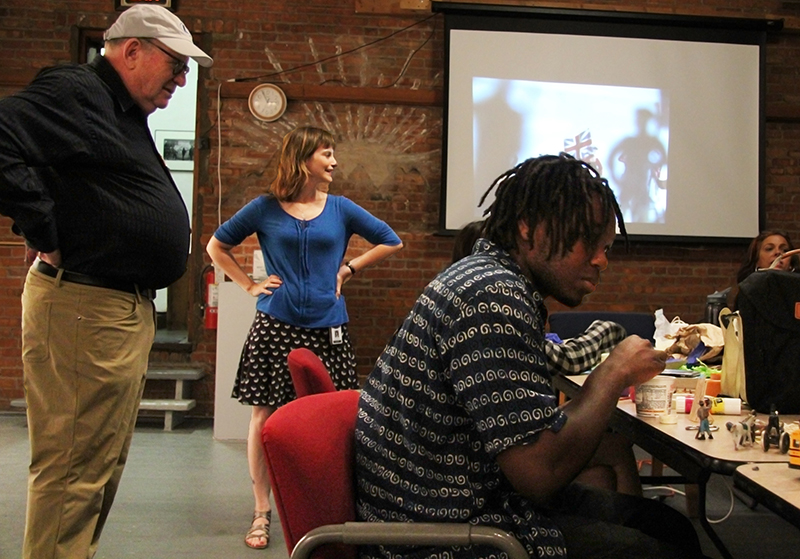
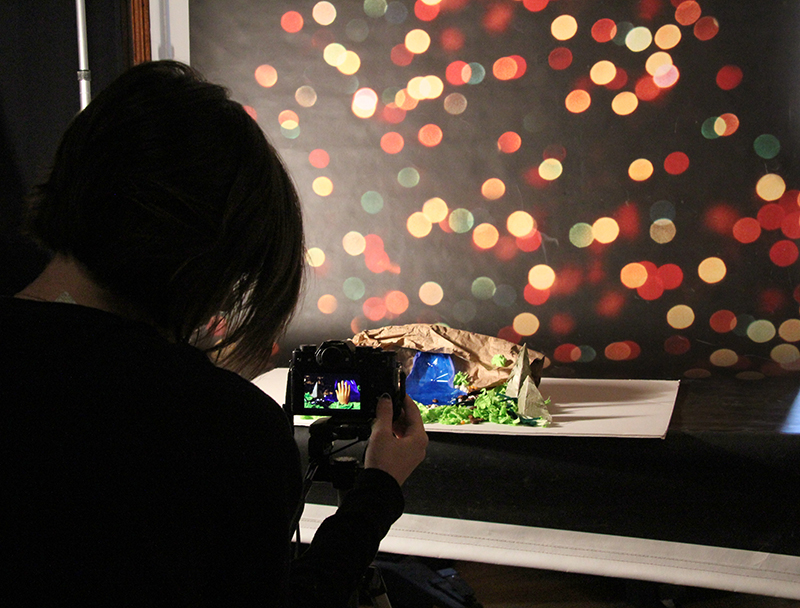
After Levinthal had walked us though the exhibition and explained his process and the thought behind much of his work, the students had a few moments to roam and take everything in for themselves. We then returned to Flower City Arts Center, where the students then had the opportunity to show Levinthal some of their own work. He helped them with their dioramas and he gave them some tips on how to get them to perform the way they want, as well as feedback on their photos. Then he stayed and talked with the students about their work and their interest in photography until it was time for the students to clean up for the day.
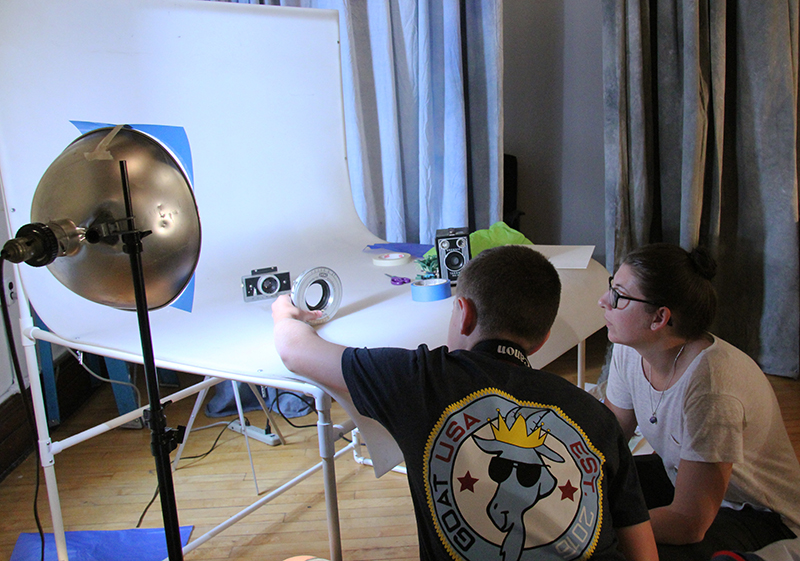
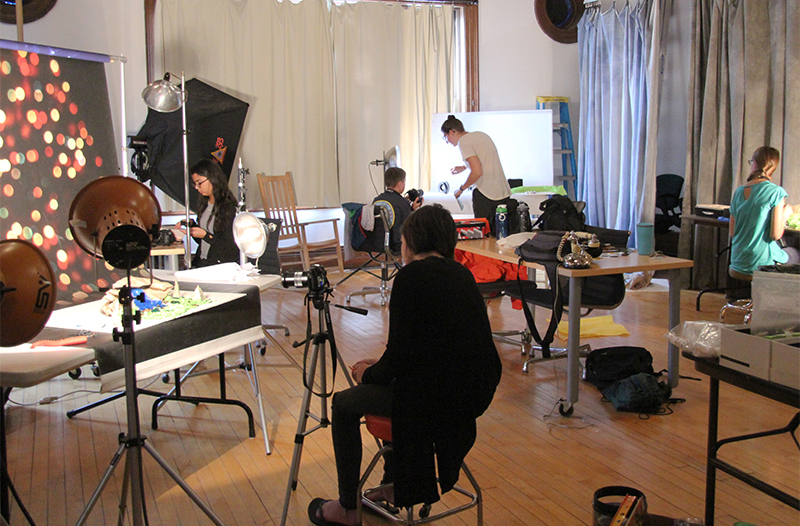
Over the next couple of days the students continued to work and create their own photos in the style of David Levinthal. Not only did the students take digital photos of their dioramas but they had the opportunity to use a Fujifilm Instax Wide instant film camera. After compiling so many great images the students crated an online exhibition of their own work.
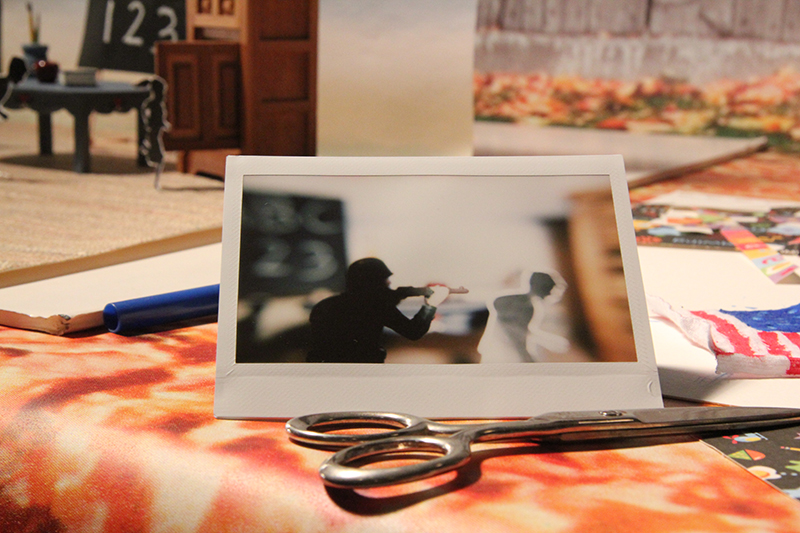




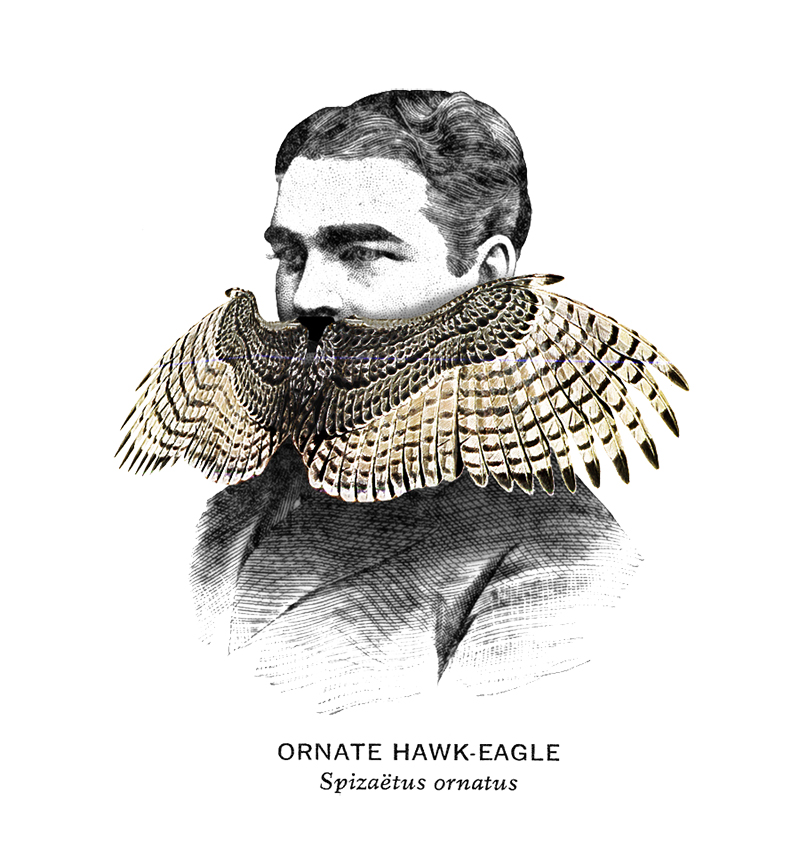

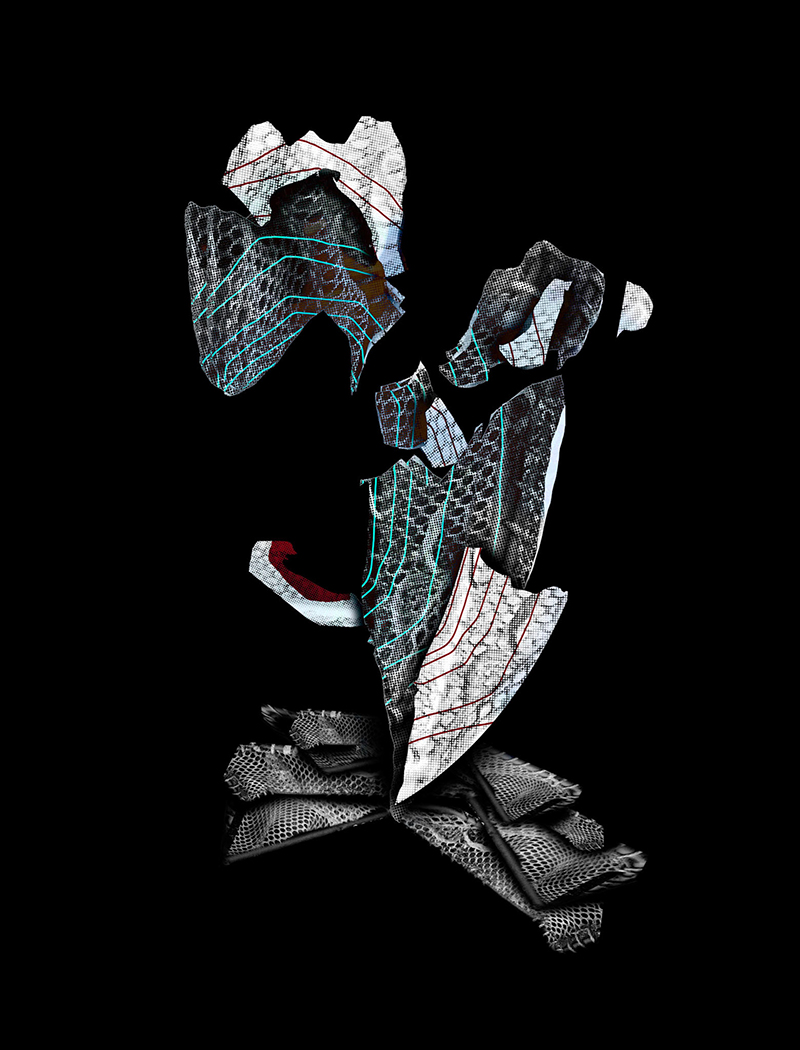
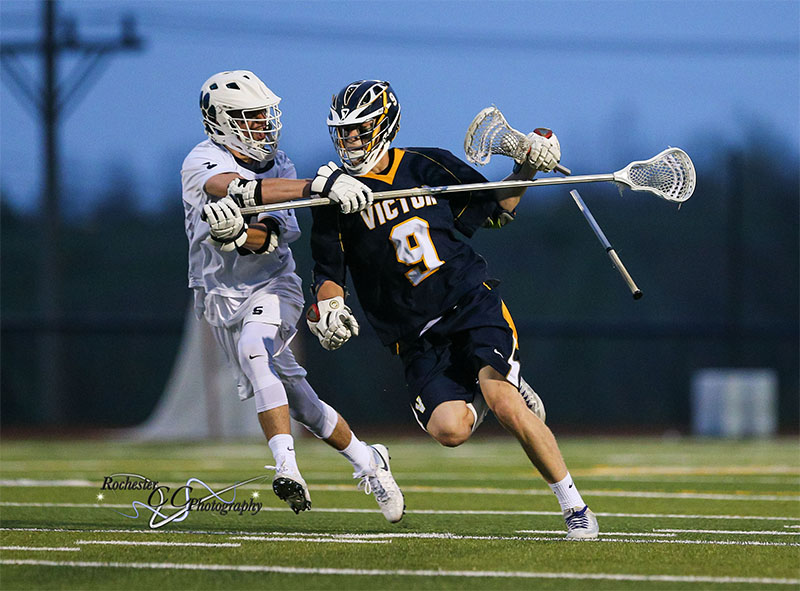



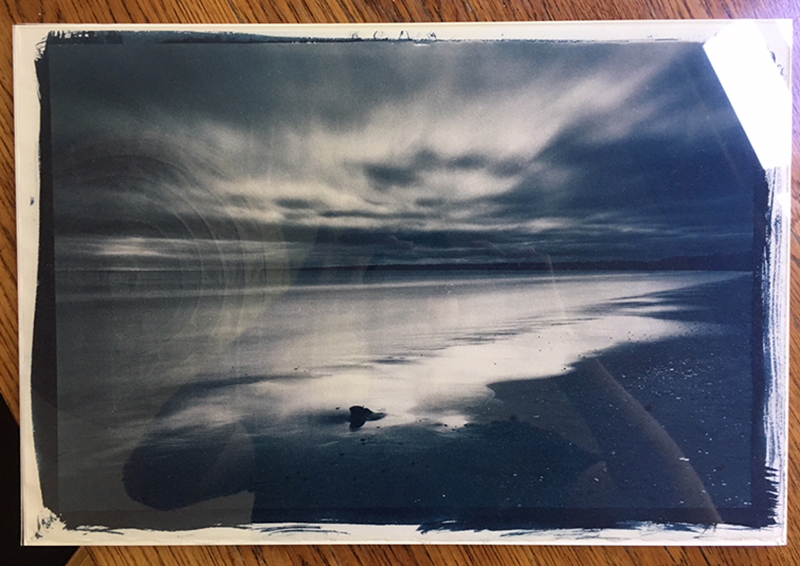 Tannic Cyanotype behind glass, 2016
Tannic Cyanotype behind glass, 2016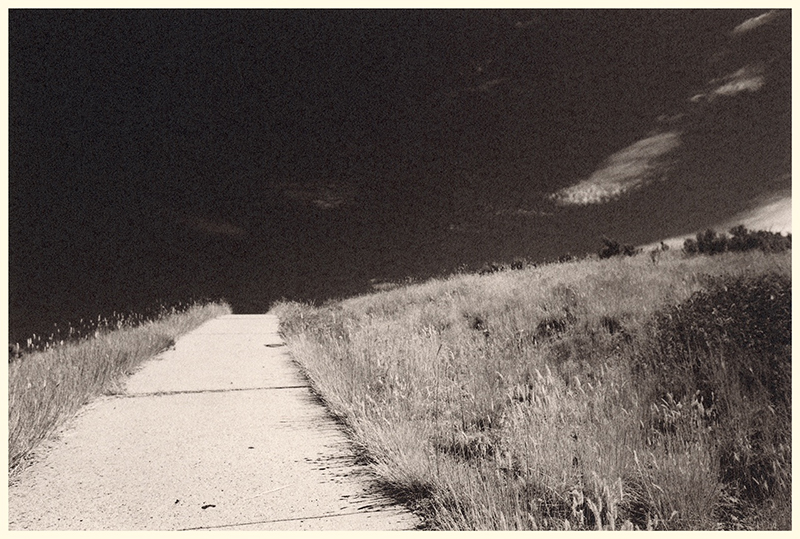 Utah, August 2017 (Silver Gelatin Print)
Utah, August 2017 (Silver Gelatin Print) Closeup detail of a Deep Tannic Cyanotype, 2017
Closeup detail of a Deep Tannic Cyanotype, 2017
